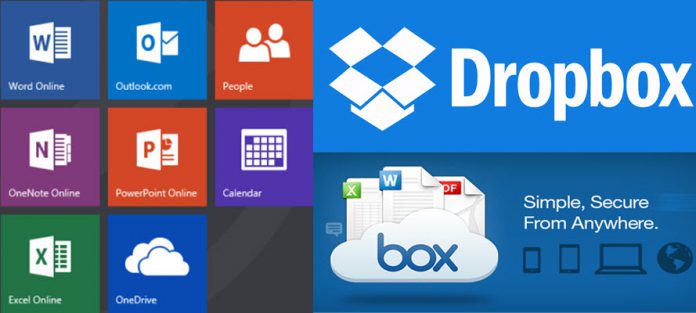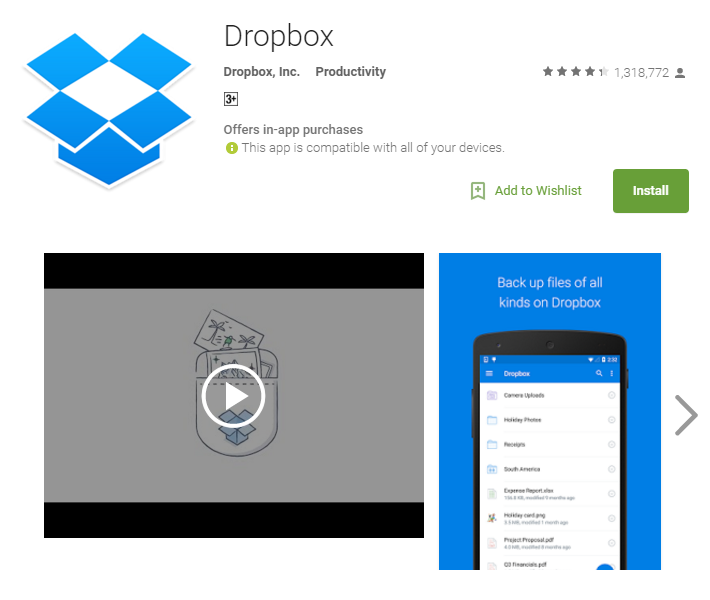

In a study involving IT leaders, 84% of respondents reported human error as the leading cause of serious data breach and data loss incidents. This shift could have a wide-ranging impact on organizations: one study reports that 55% of companies still use on-premises (physical) servers.īut Dropbox is not a failsafe approach to data storage. In many of these cases, data loss could have been avoided if businesses utilized a cloud storage system that offers automatic data backup.

The Ponemon Institute’s Cost of a Data Breach Report states the average cost of worldwide data breaches in 2020 was $3.86 million.

Egress’ Insider Data Breach Survey 2021 found that 94% of organizations experienced insider data breaches in the previous year. This loss can be detrimental for businesses: 50% of companies that lost data due to a natural disaster immediately filed for bankruptcy.ĭata breaches also cause data loss. Natural disasters (for example, floods and fires) can destroy or permanently damage computers and backup storage systems such as hard drives. Mechanical failure is to blame for 60% of these hard drive failures, and misuse leads to failure in the other 40%. In just the US, 140,000 hard drives crash each week. One of the most common is a system failure, which includes h ard disk drive (HDD) crashes on desktop and laptop computers. Data loss also includes data that has been lost or corrupted, rendering it inaccessible or unreadable by the intended user.Įnterprise data loss can happen for a multitude of reasons. This number increased by 50,000 since 2019 (an increase of 11.11%), indicating its growing popularity among businesses.ĭropbox appears to be a solution designed to avoid data loss, which is the unwanted or unplanned removal or tampering of data that often includes sensitive information. For companies that use cloud-based solutions, one popular option is Dropbox, a cloud storage system with more than 500,000 US clients that use its enterprise system, Dropbox Enterprise.


 0 kommentar(er)
0 kommentar(er)
